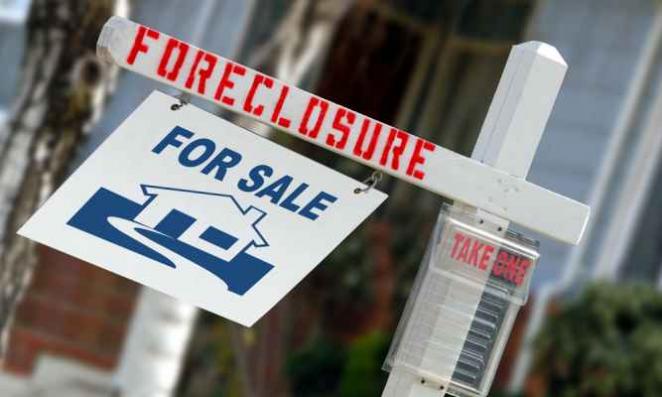Addressing the Foreclosure Crisis

The cross-site project, Addressing the Foreclosure Crisis, aimed to help local stakeholders in Atlanta, Chicago, and Washington, D.C. design more effective data-driven strategies to address the foreclosure crisis.
Project Tasks
- Analyze the neighborhood and metropolitan market conditions to assess the risk of foreclosure, and the possible impacts expected by different types of neighborhoods.
- Analyze the effects of foreclosure on the lives of families, on the well-being of neighborhoods, and each city.
- Apply results from the above analyses to inform local teams (NNIP partners, public agencies, private actors, and nonprofits) that are addressing the foreclosure fallout. Use the data to help spatially target assistance, design appropriate mixes of program interventions for different types of neighborhoods, and monitor results.
Results
Even with a one-year time frame each partner achieved signficant results. By August 2009, NNIP partners in each site had not only assembled and analyzed relevant new data, but had also used the data to engage key decision makers in promising new activities to address the foreclosure crisis.
- In Atlanta, Neighborhood Nexus, completed a metropolitan-wide analysis of foreclosure and REO trends by neighborhood and mobilized the first region-wide collaborative meetings on foreclosure. By the project's end Neighborhood Nexus had: (1) used its data as the basis for collaborative regional funding proposals under the Neighborhood Stabilization Program (NSP2); (2) helped selected neighborhoods in DeKalb County use data to prepare more in-depth foreclosure response strategies; and (3) taken steps toward creating a long-term institutional framework for continuing regional analysis and deliberations around the foreclosure crisis and longer term housing market issues.
- In Chicago, Metropolitan Chicago Information Center took a different approach, acquiring and linking records in the client database of a housing counseling organization to records on foreclosures. The team worked with agency staff to examine the characteristics and foreclosure outcomes of the households they counseled and think about developing approaches for handling that agency’s workload. They also had begun to share the results more broadly, with the objective of improving performance of other counseling groups in the Chicago area.
- The Washington D.C. team, completed a baseline, region-wide mapping analysis of trends for a variety of neighborhood housing market indicators and presented results to stakeholders assembled by the Metropolitan Washington Council of Governments (COG). They also conducted analyses that formed the basis of an NSP2 proposal submitted by a COG-led regional consortium. In the proposal, strategic targeting of resources to neighborhoods was based both on indicators of comparative foreclosure risk and on how risk interacted with factors such as neighborhood housing market strength and accessibility to jobs and transportation.
Implications
- The early experience in this project suggests that, while difficult to do so, data on foreclosures and other relevant neighborhood-level indicators can be assembled and applied to policy decisions in a short period of time when data-savvy local institutions like the NNIP partners already exist.
- Our partners not only reinforced the message that neighborhood stabilization must take into account variations in neighborhood housing market indicators beyond the foreclosure risk to local actors, but also gave government agencies the information to put the principles into practice.
- In some instances partners were forced to rely on for-private companies for foreclosure data; this represents a considerable barrier for communities interested in using data for foreclosure-response strategies.
- The communication skills and reputation of the NNIP Partners were critical to these early successes. The data were not useful until the numbers were transformed into understandable formats that answered stakeholders' questions. Other cities interested in better coordination among government and nonprofits should plan for the time needed for communication and coalition-building, alongside the data analysis.
- The final lesson from this project relates to building explicit connections among policy areas. The data assembled and analyzed for this project forced recognition that effectively addressing the foreclosure problem requires thinking through issues related to transportation and environmental policy in conjunction with housing policy and setting priorities for neighborhood stabilization.
See all NNIP items related to the issues:
Foreclosures, Housing Markets, Neighborhood Stabilization Program
Foreclosures, Housing Markets, Neighborhood Stabilization Program
See all NNIP items related to the data sources:
Foreclosures
Foreclosures
Participating Partners:
Neighborhood Nexus
(Inactive) Metropolitan Chicago Information Center
Urban–Greater DC
